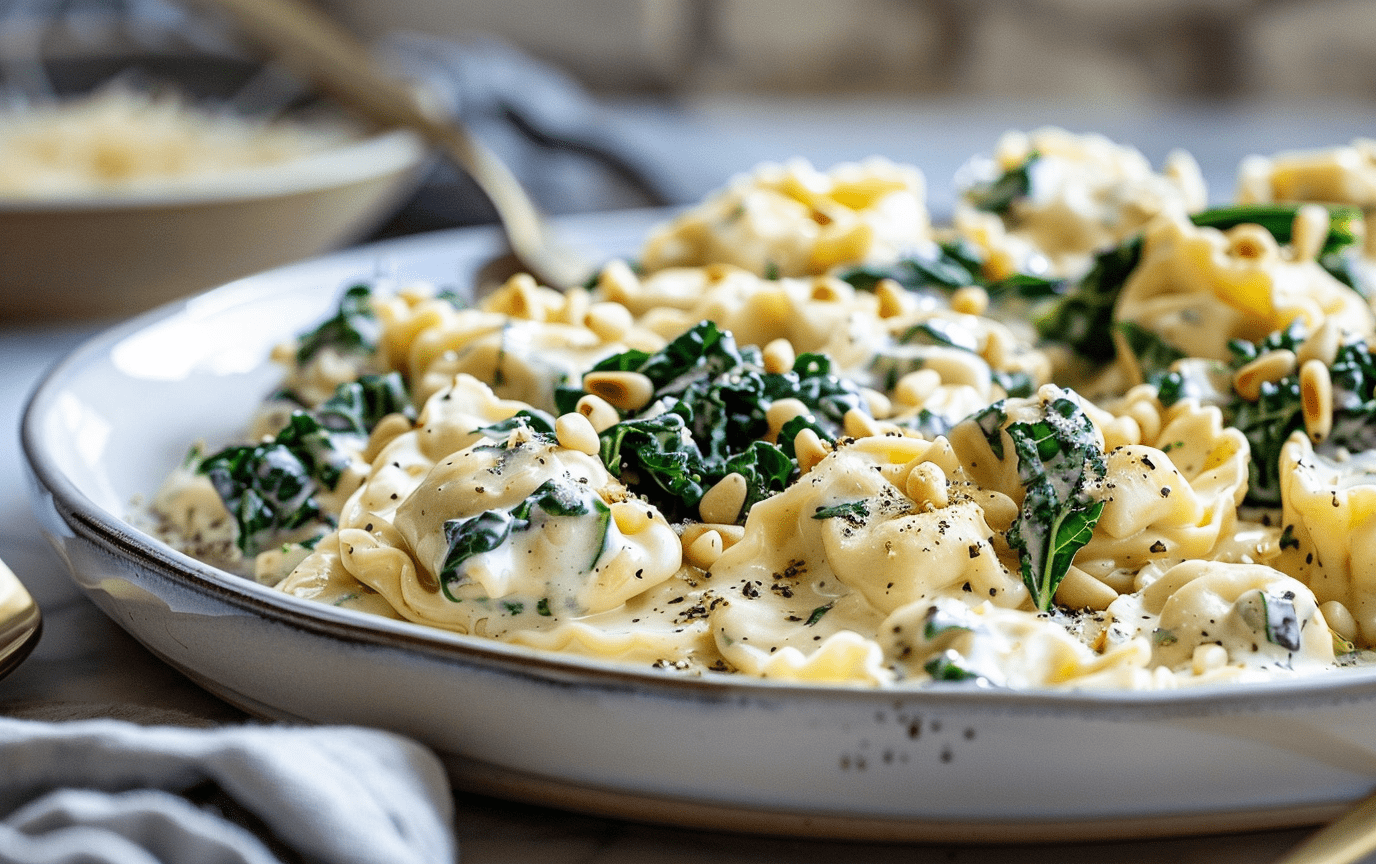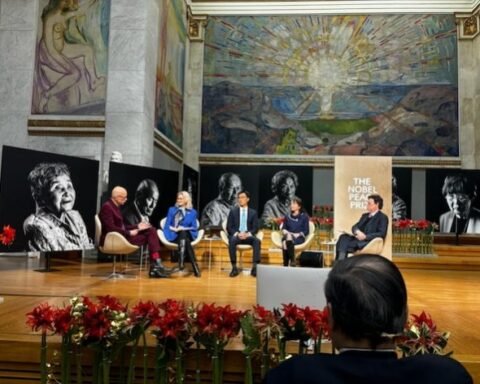For centuries, the Emilia-Romagna region has debated which city, Modena or Bologna, deserves credit as the birthplace of tortellini. However, according to acclaimed chef Massimo Bottura, the origins of tortellini might lie in the small town of Castelfranco Emilia, nestled between the two cities.
My exploration of this debate led me to Osteria Francescana in Modena, a three-Michelin-starred restaurant helmed by Bottura himself. After finally securing a reservation, I sampled Bottura’s inventive “Tortellini or Dumplings?” dish. Unlike traditional tortellini in brodo (capon broth), his version combines twisted dumplings served in a seaweed broth, showcasing a unique approach to this iconic pasta.
During my visit, Bottura offered a surprising answer to the question of tortellini’s origin: Castelfranco Emilia. According to a local legend popularized by poets Alessandro Tassoni and Giuseppe Ceri, the tortellini shape was inspired by the bellybutton of the goddess Venus. In the myth, an innkeeper in Castelfranco Emilia was so struck by Venus’ beauty that he crafted tortellini in the shape of her navel. This mythical story endures, even earning a place in Castelfranco Emilia’s town square with a statue of the innkeeper peeking through a keyhole to catch a glimpse of Venus.
Still, some locals and chefs, like Monica Venturi of Bologna’s Le Sfogline, argue that tortellini originated in Bologna, where her family has been handcrafting tortellini for nearly 30 years. The debate goes beyond geography, with distinct regional differences in preparation: Bologna’s tortellini are smaller and typically feature raw fillings, while Modena’s version is often cooked in butter before serving. Although traditionalists argue that tortellini should be served only in broth, contemporary chefs like Bottura have introduced new interpretations, such as pairing tortellini with Parmigiano cream. The annual Sagra del Tortellino (Tortellini Festival) in Castelfranco Emilia celebrates the traditional pasta, with a week of tastings and a reenactment of the Venus-inspired myth.
Despite the differences in opinion, Emilia-Romagnans agree that making tortellini is a cherished family tradition. Bottura’s own culinary school, Tortellante, continues this legacy by teaching young adults with autism to make tortellini with the guidance of local rezdôre (household heads, traditionally women responsible for making pasta).
To honor this dish, here’s a traditional tortellini recipe shared by Chef Ottavio Gnazzo of Rezdôra:
Tortellini Recipe by Chef Ottavio Gnazzo
Pasta Dough
- 281g 00 flour (about 1 1/2 cups & 2 tbsp)
- 112g whole eggs (about 2 eggs)
- 70g egg yolks (about 3 egg yolks)
- 4g extra virgin olive oil (1/4 tsp)
Tortellini Filling
- 215g mortadella
- 215g prosciutto
- 750g pork shoulder
- 3g (pinch) nutmeg
- 8g kosher salt
- 120g Parmigiano Reggiano, finely grated
- 1 whole egg
Method
- Prepare the Dough
In a mixer, add the flour and create a well in the center. Whisk eggs with olive oil in a small bowl, then add to the mixer. Mix on low speed for 10 minutes, shape into a ball, wrap in plastic, and let rest at room temperature until ready to roll. - Prepare the Filling
Using a meat grinder with a fine setting, grind the mortadella, prosciutto, and pork shoulder. In a bowl, mix the ground meat with nutmeg, salt, Parmigiano, and egg to form a paste. - Roll the Dough
Roll the dough into a thin sheet (almost translucent) with a pasta machine, then cut into 1.5-2 inch squares. Place a small dot of filling in the center of each square. - Form the Tortellini
Fold each square into a triangle, pressing along the edges to seal. Wrap the two corners around the tip of your pinky and pinch to close. - Cook and Serve
Traditionally, tortellini are boiled and served in a capon broth, but they can also be enjoyed in a Parmigiano cream for a modern twist.
In Emilia-Romagna, the timeless tradition of making and enjoying tortellini unites families and keeps the legacy of this dish alive, even as debates over its origins persist. As Bottura told me, “Even if you don’t believe in God, you can believe in tortellini”—a sentiment echoed across the Emilia-Romagna region.







